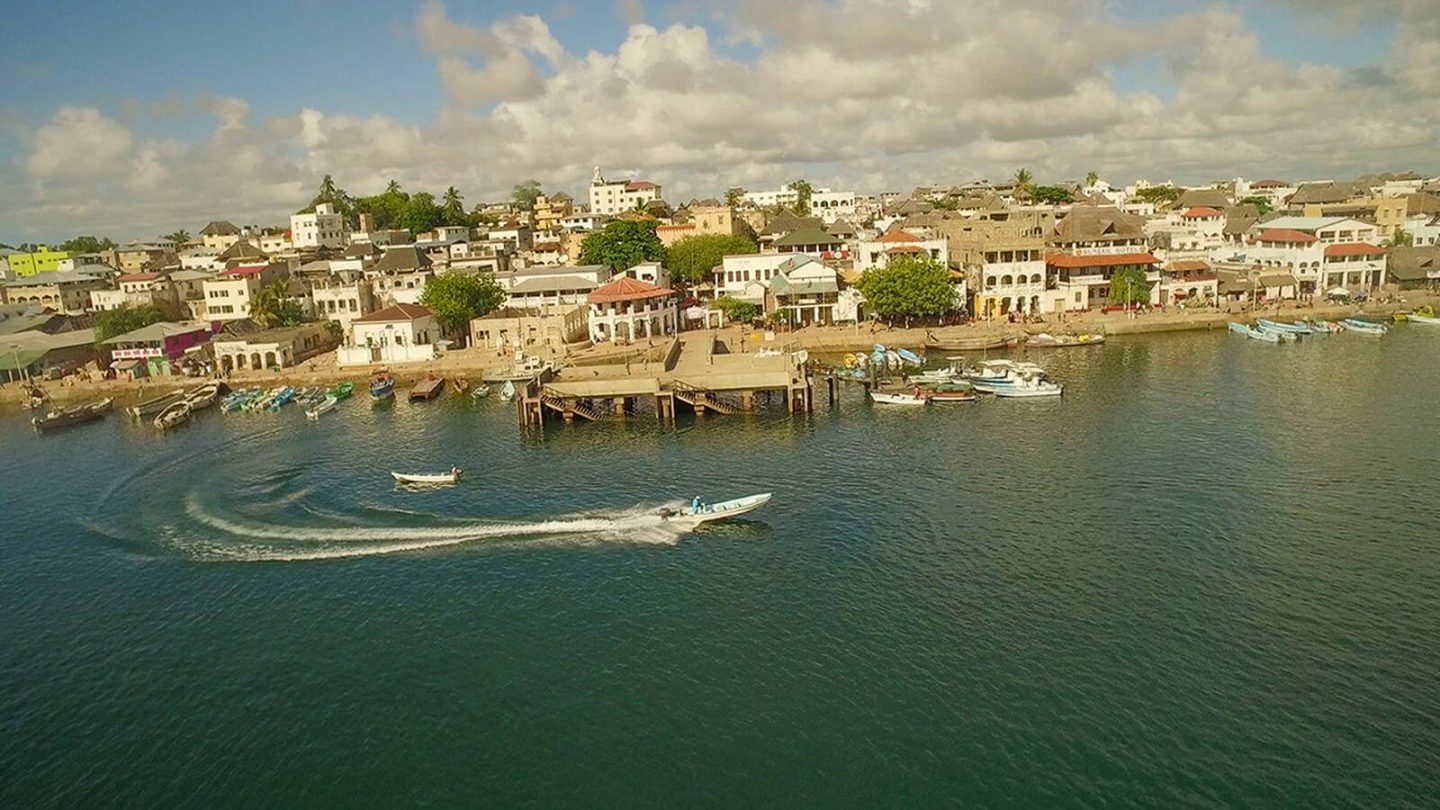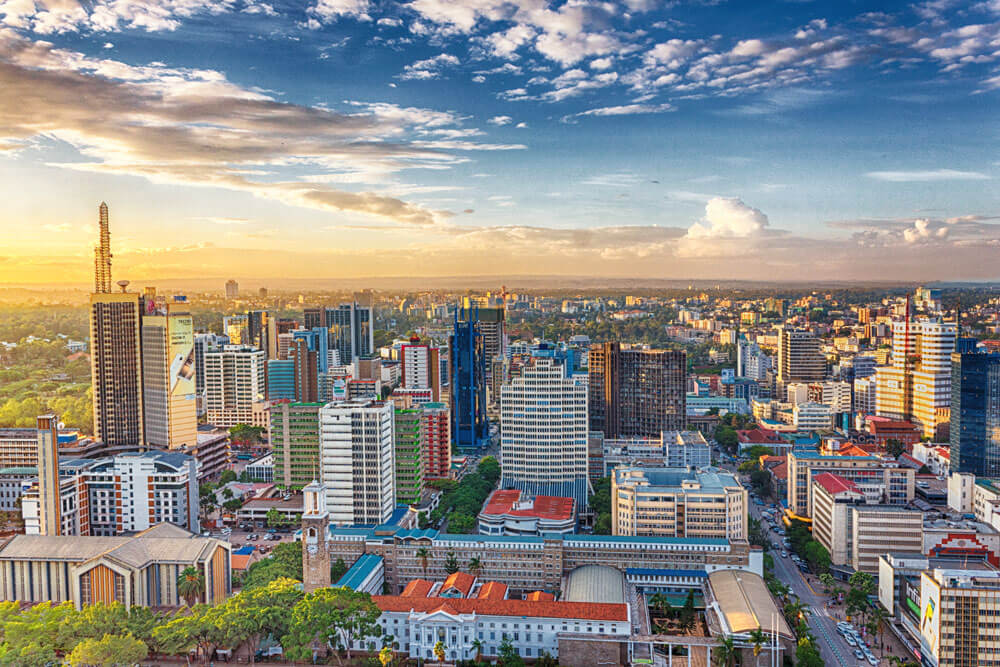Witness The Great Serengeti Migration
The Serengeti Migration is one of the most awe-inspiring natural phenomena on the planet. Every year, millions of wildebeest, zebras, and gazelles embark on an epic journey across the vast Serengeti plains in search of fresh grass and water. Witnessing this remarkable event is a once-in-a-lifetime experience that every wildlife enthusiast should have.
The sheer magnitude of the migration is truly breathtaking, as the animals move in unison, creating a sea of movement that stretches as far as the eye can see. The Serengeti Migration is not just a visual spectacle; it is also a prime example of the intricate balance of nature. Predators like lions, cheetahs, and hyenas follow the herds, waiting for their chance to pounce on the weak and vulnerable.
This annual event is a true testament to the resilience and adaptability of the animal kingdom. If you have the opportunity to witness the Serengeti Migration, don’t hesitate – it is an experience you will never forget.
The Great Wildebeest Migration – a natural wonder
The Great Wildebeest Migration is one of the largest and longest overland migrations in the world. It is a circular migration that starts in the Serengeti in Tanzania and ends in the Masai Mara in Kenya. The migration is triggered by the seasonal rains, which cause the herds to move in search of fresh grass and water. The herds consist of over 1.5 million wildebeest, 200,000 zebras, and 350,000 gazelles, making it one of the most remarkable natural events on the planet.
The migration is a never-ending cycle of life and death, where the herds must cross rivers, avoid predators, and navigate through treacherous terrain to reach their destination. The migration is also a vital part of the ecosystem, as it helps to renew the grasslands and provide food for the predators.
Timing and location of the migration
The Serengeti Migration takes place from December to July every year. In December, the herds start gathering in the southern Serengeti, where they give birth to their young. The herds travel to the western Serengeti from January to March, where they graze on the verdant grasslands.
The herds begin crossing the perilous, crocodile-infested Grumeti River in April through June. The herds enter the Masai Mara in Kenya from July to October in search of new grass and water.
Witnessing the migration – safari options
The best way to witness the Serengeti Migration is by going on a safari. There are several safari options available, depending on your budget and preferences. You can go on a guided safari, a self-drive safari, or a hot air balloon safari.
Guided safaris are the most popular option, as they give you the opportunity to see the migration up close and personal. A guide will take you to the best viewing spots, and you will have the chance to see the animals in their natural habitat.
Preparing for your Serengeti Migration safari
Preparing for your Serengeti Migration safari is essential to ensure a safe and comfortable trip. You should start by researching the different safari options and choosing the one that best fits your needs.
You should also check the weather conditions and pack accordingly. The Serengeti can be very hot during the day and cold at night, so you should pack lightweight clothes for the day and warm clothes for the evenings.
Essential gear and supplies for your safari
When going on a Serengeti Migration safari, it is essential to pack the right gear and supplies. You should pack a good quality camera with a zoom lens to capture the wildlife up close. A pair of binoculars is also essential to get a better view of the animals.
You should also pack sunscreen, insect repellent, and a first aid kit. Make sure to pack enough water and snacks as well, as the Serengeti can be quite remote.
Accommodation options for your safari
There are several accommodation options available for your Serengeti Migration safari. You can choose between a luxury lodge, a tented camp, or a mobile camp. Luxury lodges are the most expensive option, but they offer the most comfort and amenities.
Tented camps are a more affordable option, and they provide a more authentic safari experience. Mobile camps are the most basic option, but they are also the most adventurous, as you will be camping in the middle of the Serengeti.
Wildlife viewing tips during the Serengeti Migration
When viewing the wildlife during the Serengeti Migration, it is essential to follow some basic rules to ensure your safety and the safety of the animals.
You should always stay in your vehicle and avoid getting too close to the animals. You should also avoid making loud noises and sudden movements, as this can startle the animals.
It is also important to respect the animals and their natural habitat.
Other attractions to see in the Serengeti
The Serengeti is not just about the wildlife; there are also several other attractions to see in the area. You can visit the Olduvai Gorge, which is one of the most important archaeological sites in the world.
You can also visit the Maasai villages, where you can learn about the Maasai culture and way of life. The Serengeti is also home to several hot air balloon companies, which offer a unique perspective of the Serengeti from above.
Conclusion – why the Serengeti Migration is a must-see experience
The Serengeti Migration is a once-in-a-lifetime experience that every wildlife enthusiast should have. Witnessing the migration is not just about the visual spectacle, but also about the intricate balance of nature. The migration is a true testament to the resilience and adaptability of the animal kingdom.
If you have the opportunity to witness the Serengeti Migration, don’t hesitate – it is an experience you will never forget.

.png)







